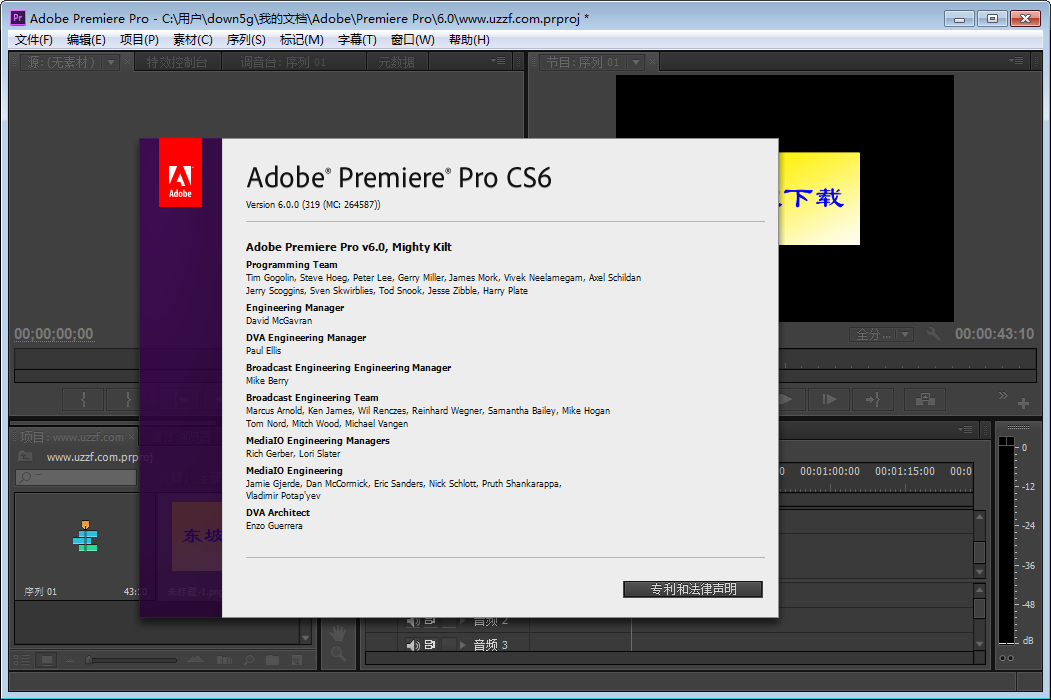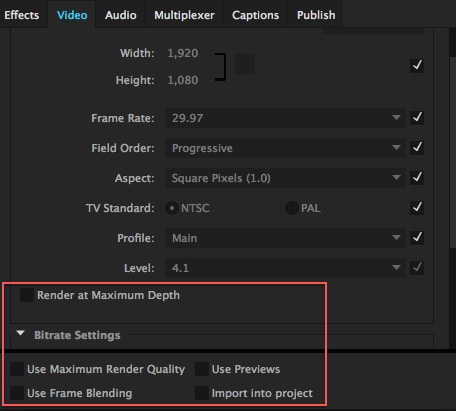


The results demonstrate that for place and manner of articulation, participants' temporal percept was affected (although not always significantly) by highly-salient speech-signals with the visual-signals requiring smaller visual-leads at the PSS. No such effect was expected for the manner of articulation or height. We expected that in the case of the place of articulation and roundedness, where the visual-speech signal is more salient, temporal perception of speech would be modulated by the visual-speech signal. The sensitivity of participants' TOJs and the point of subjective simultaneity (PSS) were analyzed as a function of the place, manner of articulation, and voicing for consonants, and the height/backness of the tongue and lip-roundedness for vowels. Participants made temporal order judgments (TOJs) regarding which speech-stream (auditory or visual) had been presented first.

The video clips were analyzed using an auditory-visual signal saliency model in order to compare signal saliency and behavioral data. Video clips of consonants and vowels uttered by three different speakers were presented. We investigated how the physical differences associated with the articulation of speech affect the temporal aspects of audiovisual speech perception. 3Crossmodal Research Laboratory, Department of Experimental Psychology, University of Oxford, UK.2Computer Vision, Speech Communication and Signal Processing Group, National Technical University of Athens, Athens, Greece.1Cognitive Systems Research Institute, Athens, Greece.Argiro Vatakis 1*, Petros Maragos 2, Isidoros Rodomagoulakis 2 and Charles Spence 3


 0 kommentar(er)
0 kommentar(er)
